On August 7, 2017 I found myself driving through Eureka, CA on my way to the San Francisco Bay area. Two short business meetings spaced out over thirteen days provided me with about eight days to travel by car from Portland, OR to Google’s San Francisco offices. I had never been to Oregon nor Northern California and brought my outdoor radio equipment to have some fun.
It was an overcast breezy and chilly day with the temperature in the lower 60s F. My goal was to try to be the first to activate Fort Humboldt state park as part of the Parks on the Air (POTA) program. The official designator for POTA for this state park is KFF-3434.
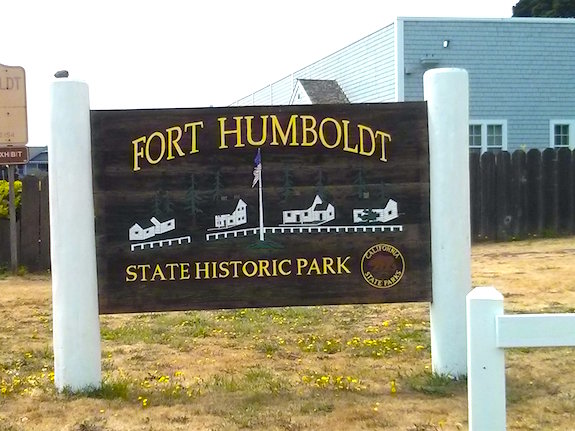
CLICK the sign to discover the history of this bluff up above the mighty Pacific Ocean. Copyright 2017 Tim Carter
This state park was all but deserted when I arrived. I spied some picnic tables under trees that were on the edge of a large open field. Being an ask-for-forgiveness type of guy, I headed for the farthest picnic table that was pretty much out of sight of the park employees.
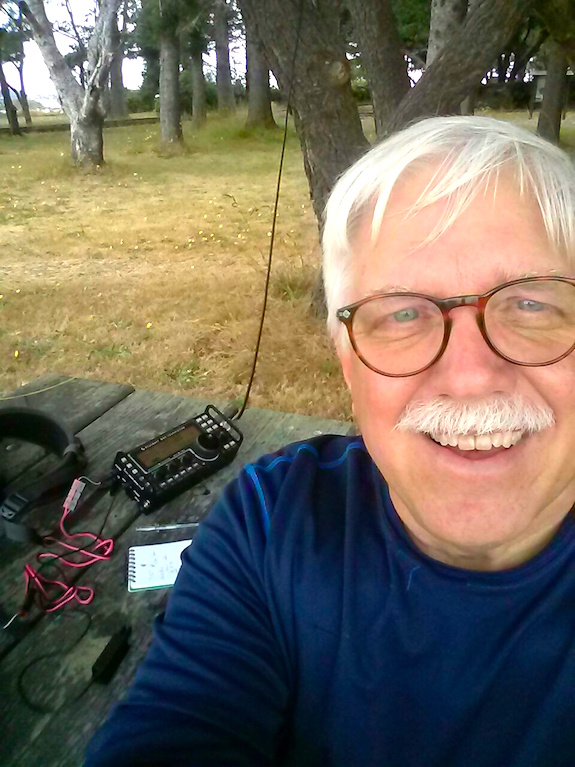
You can’t see the tree behind and to the left of me where my end-fed antenna was hanging. It performed well today! Copyright 2017 Tim Carter
I’ve been doing outdoor radio for enough years to know to avoid the water-bottle-eating thick evergreen trees that swallow my water bottle I use to get my halyard up into tree branches. Fortunately there was a leafless deciduous tree about 30 feet from the picnic table I wanted to use. It took me three throws to get the perfect branch so my 29-foot wire would hang vertically in the tree.
I had sent a message to the Facebook POTA group that I was there and about to get on the air. I made a mistake citing the UTC time because I thought I was still in New Hampshire. A few chasers thought they had missed me as the time I posted was three hours past!
I decided to do CW at first as that’s my passion with outdoor radio. I fired up my Elecraft KX3 powered by my trusty BioennoPower power pack. My antenna is just a simple 29-foot wire with a 9:1 unun at the end to get the impedance down to a level the internal tuner in the KX3 can match. I was able to get a 1:1 match on 20 meters with no problems.
The band conditions have been so wretched all summer, that the only reason I got my minimum 10 contacts was because of the faithful followers who monitor the POTA group on Facebook. Twenty meters was short today and none of my friends on the east coast could hear my signal.
I know I was spotted by several operators and even with that I was only able to gather ten QSOs. Three of those ten were with W6LEN but on different bands. Thanks Jess Guaderrama for making this activation possible! Here’s my log:
| N9MM | 20M | 2227Z |
| KN7D | 20M | 2228Z |
| VE7CV | 20M | 2230Z |
| KG5CIK | 20M | 2232Z |
| W7GZS | 20M | 2234Z |
| W6LEN | 20M | 2239Z |
| WD5IWN | 20M | 2243Z |
| K7ZO | 20M | 2252Z |
| W6LEN | 40M | 2259Z |
| W6LEN | 30M | 2321Z |
As you can see, I just made it. Ten contacts are required for a successful activation. Nothing like cutting it close.
I had been outdoors in the chilly breeze in shorts and sandals for over ninety minutes. I was starting to think about getting a hot cup of coffee. That meant it was time to pack up.
But before I left the park, I wandered over to look at some of the historic pieces of machinery that are housed here. Eureka, CA was the epicenter of the logging industry for the ancient California redwood trees from 1850 up to the 1990s.
Check out some of the amazing pieces of machinery in this collection. Mother Nature is slowly reclaiming them. Perhaps they should be brought inside at some point like the two working tiny steam locomotives they have here at this magic park.
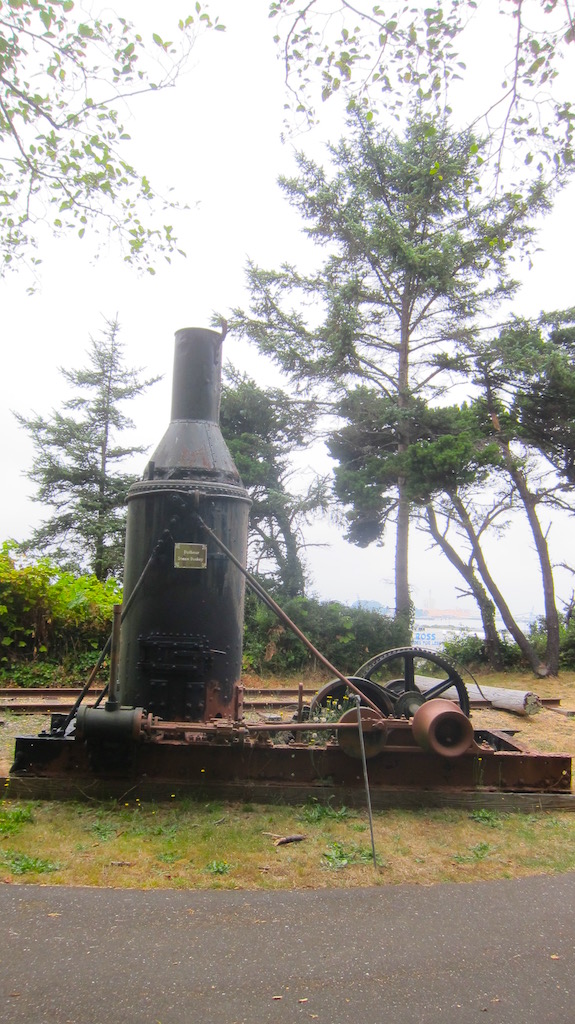
This is a smaller steam donkey that was used to drag giant logs from the forest. Copyright 2017 Tim Carter
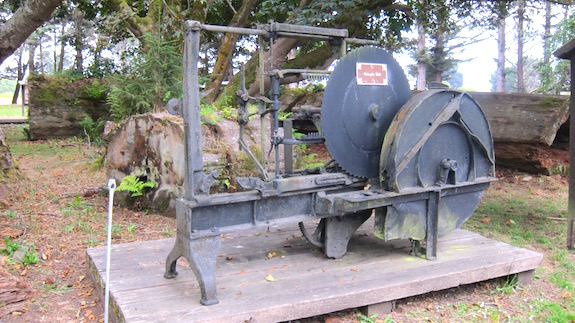
The sign on this machine said it was a Shingle Mill. I suppose it made redwood shingles use to cover the sides of buildings like my friend Russell Waters home in Montrose, CA. Copyright 2017 Tim Carter
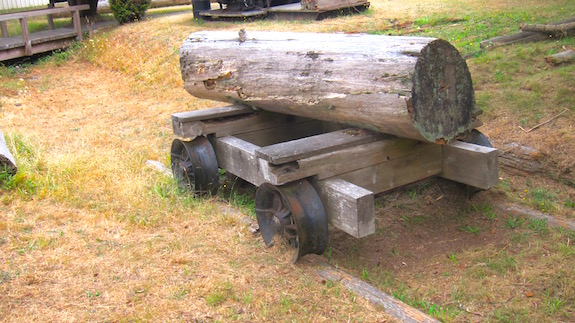
DUH! Why not use logs as rails in the forest? Very clever!!! Copyright 2017 Tim Carter
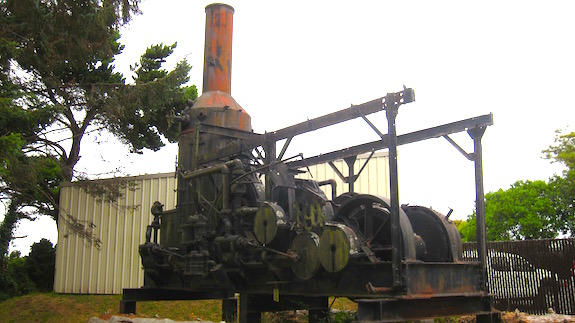
The sign said this was the largest steam donkey ever made. It was ginormous as you can see by the size of the pickup truck in the lower right corner. Copyright 2017 Tim Carter
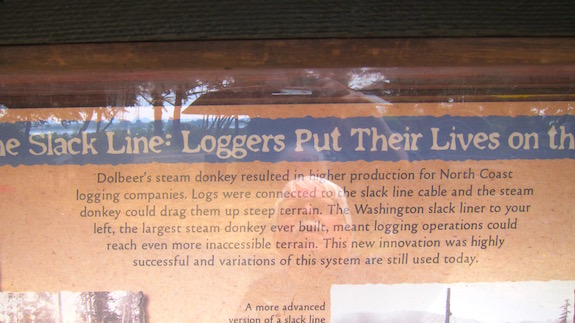
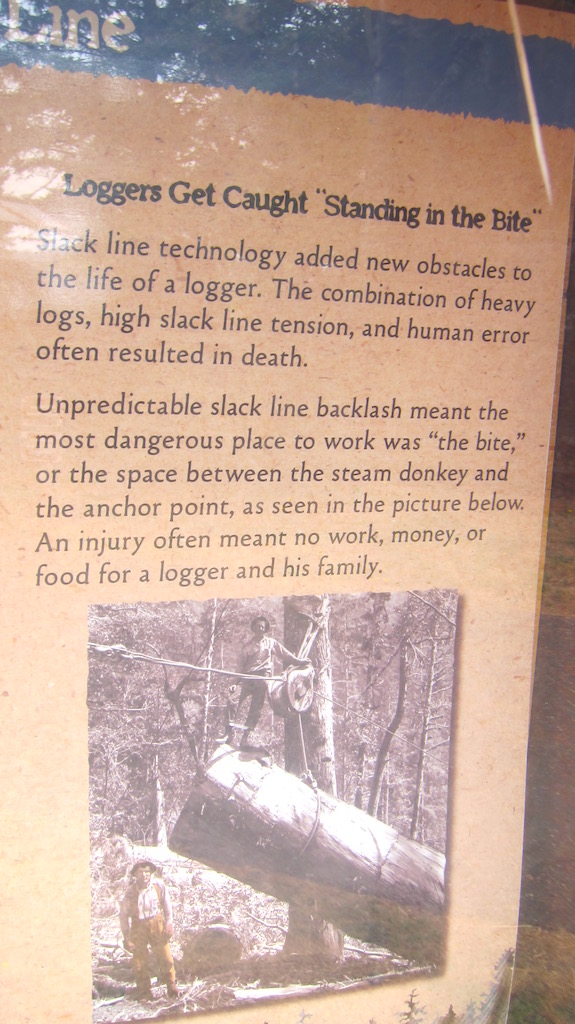

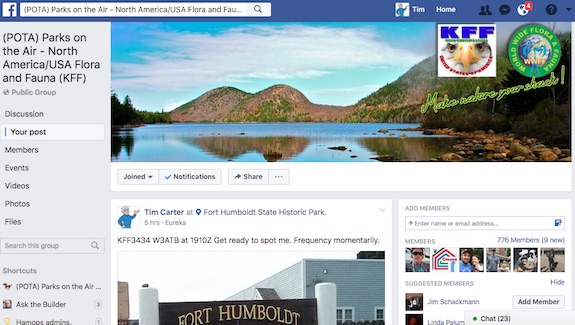
Hi Tim,
I found your blog on a Google search for POTA activation. Maybe you can help me: the rules I found said I needed 44 CQs for activation but you are saying 10 – I hope you are right, lol. Is it 10 or 44? I enjoyed your blog about Jack.
It’s ten QSOs to *activate* a unit for USA purposes. But if you want WWF credit – international activation – then you need 44. Go back and re-read the rules.
Nice write-up, Tim! Looks like you had fun. 73, Craig WB3GCK